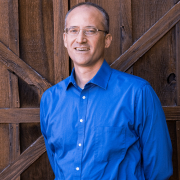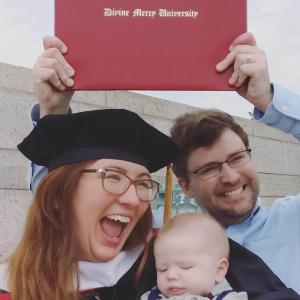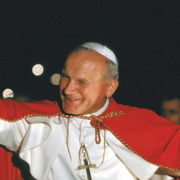The Toxic Nature of Porn
While recently discussing the issue of “shamelessness” in this series, I identified pornography as the most prevalent example in today’s culture. Last month, I began to answer the question of why should we make such a fuss over porn by pointing out how omnipresent it has become. Now I will discuss how psychological research shows us just how toxic porn is to the human person.
In an informative article, Jill Manning, Ph.D. reviewed much prior research on the effects of pornography on the viewer. [1] Going back to early studies conducted in the 1980s and extending to today, psychological research has consistently shown that viewing porn leads to changes in the consumer’s attitudes toward relationships and ability to enact healthy relationships. For example, porn consumption has been linked with increased difficulties in intimate relationships, more impersonal attitudes about sex, more permissive attitudes toward premarital and extramarital sex, devaluing monogamy, doubts about the value of marriage, decreased desire to have children, and higher rates of infidelity.
Porn also alters viewers’ perceptions of what is “normal” in a sexual relationship. Research shows that consuming porn tends to lead to distorted views about sexuality and the kinds of sexual behaviors that are acceptable to most people. The more porn one views, the more likely they are to develop an increased appetite for depictions of deviant or bizarre forms of sexuality.
Thirdly, research has consistently shown that when men view porn, it alters their attitudes and behavior toward women. Viewing porn tends to lead men to report decreased satisfaction with their current sexual partner. It also increases callousness toward women, trivialization of rape as a criminal offense, and greater belief in “rape myths” (the idea that a rape victim actually wanted and/or enjoyed the encounter). Porn also tends to lead to increased verbal and behavioral aggression, increased sexual aggression, and actual increased risk of sexual offending (i.e., illegal behavior).
Research with teens adds to this sordid list an awareness that when adolescents view porn, it tends to go hand in hand with greater emotional and behavioral problems, earlier sexual experimentation, greater sexual permissiveness, greater objectification of women, and higher risk of sexual aggression.[2]
All of this research pertains to the effects on porn users and their relationships. Often overlooked are the performers themselves, many of whom are enslaved to a system that exploits human beings, especially women and girls, for financial gain. Many come from broken homes and/or are abuse survivors who go on to experience further forms of severe trauma, addiction to drugs, and terrible physical and mental health outcomes.
While sad and alarming, none of this should come as a surprise. The Catechism clearly warns us that pornography “does grave injury to the dignity of its participants (actors, vendors, the public)” (no. 2354). Even more, Theology of the Body helps us see how depictions of the human body that reduce a person to a sexual object to be used and discarded, harms everyone involved. Before moving on to discuss Christ’s redemption of our bodies, I will discuss one final problem with porn: it’s addictive nature.
[1] Manning, J.C., (2006). The impact of Internet pornography on marriage and the family : A review of the research. Sexual Addiction & Compulsivity, 13, 131-165.
[2] Owens, E.W., et al. (2012). The impact of Internet pornography on adolescents: A review of the research. Sexual Addiction & Compulsivity, 19, 99-122.
Note: This article is part of a series of reflections on Pope St. John Paul II’s “Theology of the Body.”
Continue Reading: Porn Addiction: Enslaved to a Lie

Written by, Dr. Andrew Sodergren, M.T.S., Psy.D.,
Director of Ruah Woods Psychological Services
(Article originally published in The Catholic Telegraph, July 2023 Issue, the official magazine of the Archdiocese of Cincinnati)













